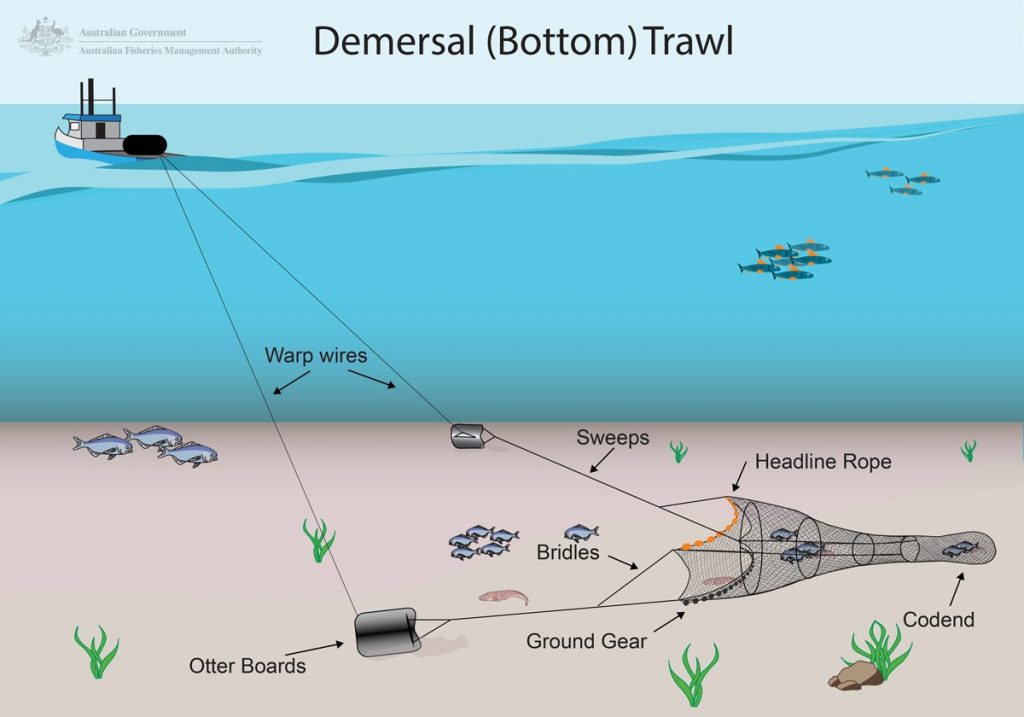FRDC releases Eastern Australian Scalefishing report card

Concerns about the sustainability of Australia’s Southern and Eastern Scalefish and Shark Fishery prompted major structural changes in 2006 that significantly reduced the number of operators in net sectors of the fishery. A decade later, many of the ecological sustainability issues have been addressed and despite declining Gross Value of Production, there has been an overall improvement in net economic returns.
There are signs stocks are low with less than 50% of quotas caught for some species. Of the major quota species, only four had catches above 80% of the TACs (Flathead, Gummy Shark, Pink Ling and School Whiting).
There has been a continual decline in catch rates for many species such as Jackass Morwong, Redfish, Blue Eye Trevalla, Silver Warehou, Blue Warehou, John Dory and Ribaldo. The catch for 29 of the 43 stocks were found to have declining catch rates.
Historically overfished species (Eastern Gemfish, School Shark, Blue Warehou and most recently Redfish) have shown little sign of recovery despite over a decade of the lowest catches on record
The overfishing and recent recovery of the eastern Orange Roughy stock over the last two decades is an exception.
Climate change and related oceanographic conditions have had an important influence on the distribution and abundance of key species. Waters off the east coast of Australia are among the fastest warming in the world. There has been long-term warming at the surface and at depth, and southward transport of warmer waters has increased as the East Australia Current. Other physical variables, such as salinity, and nutrient availability have also changed.
These can affect growth and reproduction, their habitat, or a combination of factors. Future projections suggest abundance of some species will decline, some will increase, and some will be largely unchanged. There is a medium to high likelihood that this will negatively affect catch rates, recovery of overfished stocks and under catch.
Commercial Scalefishing in Decline
The IMAS 2017/18 Tasmanian Scalefish Fishery Assessment shows that since the early 1990s, commercial catches for many of the major species have declined, with total scalefish production, excluding small pelagics and cephalopods, falling by around 70% since the mid-1990s.
Set against these declines, the recreational catch has become a significant component of the total harvest for species such as Sand Flathead, Striped Trumpeter, Bastard Trumpeter, Blue Warehou, Flounder, Mullet, Barracouta, Jackass Morwong, Cod and Leatherjacket.
Striped Trumpeter is now classified as recovering, following signs of recovery over the last two years and evidence of recent recruitment. This comes after a lack of recruitment for over a decade and limited biological information available to assess stock status in recent years.
Southern Calamari has moved from sustainable to depleting, with recent high catches and effort – particularly off the north coast – increasing the risk that fishing will reduce future recruitment.
Southern Garfish has moved from depleting to depleted, and even though management actions were taken to reduce catches over the last five fishing seasons, current low levels of fishing pressure may still be too high to allow stock to recover
For other species classified as depleted, such as Bastard Trumpeter, fishing pressure may also be too high to allow stock recovery.
Sand Flathead are of special interest due to their importance to the recreational fishery, with recreational catch more than 20 times greater than the commercial catch. Fishing pressure on this species remains very high, especially in the south-east, with little evidence of stock improvement despite management changes that include a size-limit increase. As a result, this species remains classified as depleting.
Meanwhile, the status of species such as Australian Salmon, Tiger Flathead, Gould’s Squid, Jack Mackerel, Jackass Morwong, Eastern School Whiting and Wrasse have remained sustainable for almost a decade.
Read the full report here.

